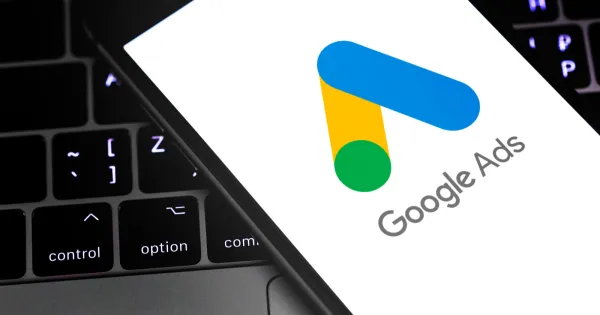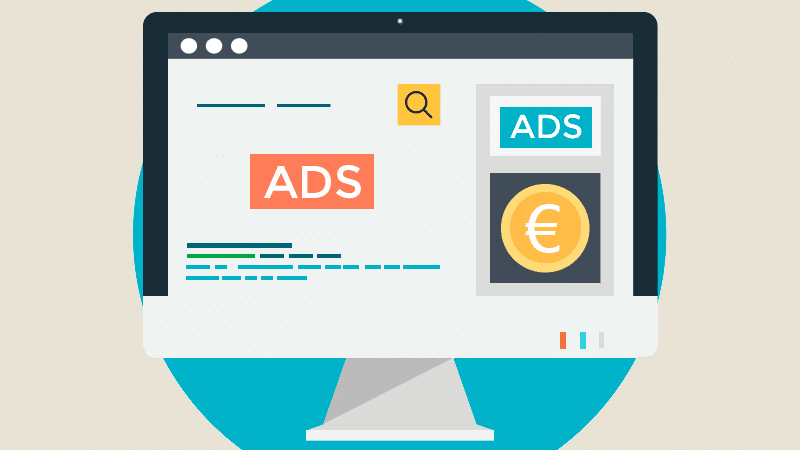Understanding Facebook Ads Charging System and Budget Management

Introduction
As a business owner or marketer using Facebook Ads, one of the key aspects to manage is your ad spend and knowing how Facebook charges you. Understanding the billing system behind Facebook Ads helps you avoid surprises and keep your budget under control. In this article, we’ll break down Facebook Ads' billing structure and provide tips for better budget management.
Understanding the Facebook Ads Billing System
Facebook Ads operates with a flexible billing model, where you can be charged based on either the number of impressions (CPM) or clicks (CPC). To ensure you’re in control of your budget, it’s essential to understand how the charging mechanism works.
Facebook Ads Billing Cycle
Billing Thresholds
Facebook Ads uses a threshold system to determine when you’ll be charged. Each account starts with a different threshold depending on your payment history and account settings. Typically, this threshold is set at a low amount like $25. Once your spending hits this threshold, Facebook will charge your account.
Pre-Paid vs. Post-Paid Payments
You have two payment options when using Facebook Ads: pre-paid or post-paid. With pre-paid payments, you must add funds to your account before running ads. With post-paid payments, you’ll be billed after your ads are shown, based on your ad spend reaching the billing threshold.
Key Billing Events in Facebook Ads
When Your Spend Reaches the Threshold
Facebook Ads will charge you as soon as your ad spend hits the set billing threshold. For example, if your threshold is $50 and you’ve spent $50 on ads, your account will be charged automatically.
Monthly Billing Date
If your ad spend doesn’t reach the threshold during the month, Facebook will charge you at the end of your billing cycle, which happens every month.
Campaign End Date
For campaigns that are scheduled to run for a specific time frame, Facebook may charge you the total amount you’ve spent at the end of the campaign, even if you haven’t reached the billing threshold.
Managing Your Budget Effectively
Set Daily and Lifetime Budgets
Facebook provides flexibility in setting daily or lifetime budgets for your ads. A daily budget limits how much you can spend each day, while a lifetime budget caps the total amount you spend over the entire campaign.
Choose Your Bid Strategy
Facebook offers automatic and manual bidding options. Automatic bidding lets Facebook set the bid for you based on its algorithms, while manual bidding allows you to set the maximum amount you're willing to pay for a click or impression.
Track Your Spend
Using Facebook Ads Manager, you can track your campaign’s performance in real time. Regularly monitoring your spend ensures you stay within your budget and make adjustments as necessary.
Why It’s Important to Know How Facebook Ads Charges You
Managing your budget effectively is essential to running successful Facebook Ads campaigns. If you're unaware of when or how you'll be charged, you could risk overspending or missing out on the performance data you need to optimize your campaigns. Understanding the billing cycle also lets you maximize your budget for the best return on investment.
Conclusion
Facebook Ads’ billing system is designed to be flexible and transparent, but it’s still important to understand how it works to manage your ad spend effectively. Whether you choose pre-paid or post-paid payments, or set daily/lifetime budgets, understanding the Facebook Ads charging system helps ensure your ads are optimized and within your financial limits.
By keeping track of your ad spend, setting appropriate budgets, and making adjustments to your campaigns, you can run successful ads on Facebook without the worry of unexpected charges.




